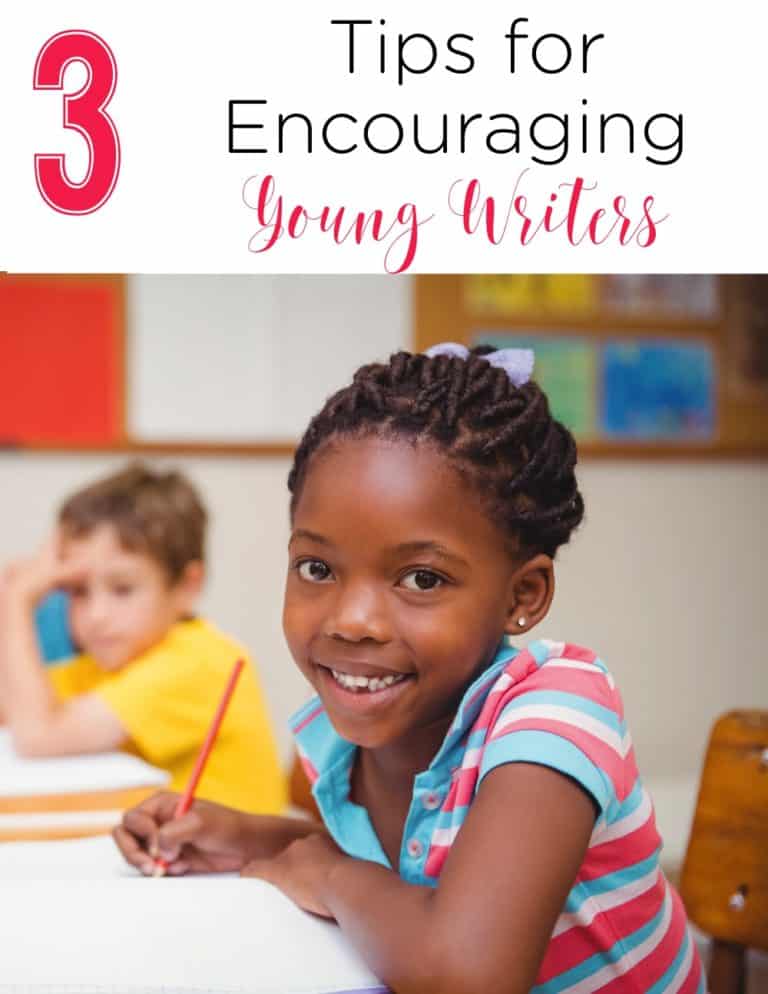


Normally, our end of the year guided reading assessments might look like a big DRA box on our teaching table, a slew of running records carefully analyzed, and checklists to be sure we covered each student. This year, things might look very different for you.
I know everyone is in a different place as far as being in contact with students while distance learning. Plus, students’ access to technology to complete schoolwork varies. However, if you can, I think it would be helpful to collect the data that you can for as many students as you are able.
Let’s chat about how to do end of the year guided reading assessments while distance learning. By the way, I also did a Facebook Live video about this topic. You can watch it HERE.
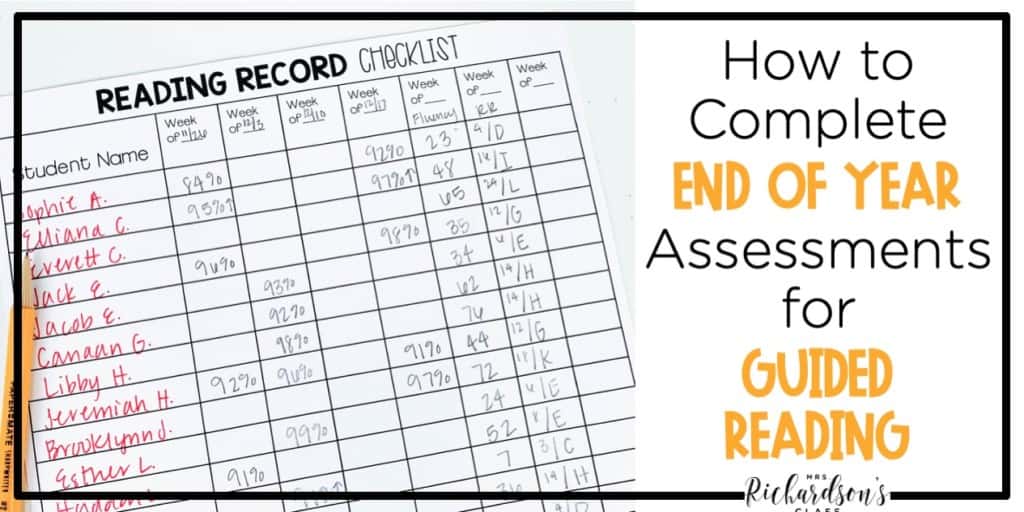
While completing end of the year assessments in guided reading for all students might not be possible, there is value in doing as much as you can. You will get to see and document your students’ progress at the end of the year and celebrate their growth.
Your students’ teachers next year will get a snapshot of these students’ reading journey throughout this year. They’ll be able to see where they’ve been, how far they’ve come, and where they may have gotten stuck. Then, teachers will know how to best support these children before the school year even begins. How valuable is that!
First, you can use SignUpGenius and have parents sign up for a time slot for their children to have their assessment. You might have to be flexible for working parents and open slots on weekends, evenings, or early mornings.
Don’t make yourself bananas and burnt out. That’s not what I’m saying you should do at all! Just that if you can make a bigger time window for parents, you might be able to complete more assessments.
Gather the digital books you’ll need to use, running records, and comprehension questions. If you want to have these all in one spot already done for you, use the Guided Reading Assessment Kit. It has all of the materials you’ll need for virtual or in-person assessments including:
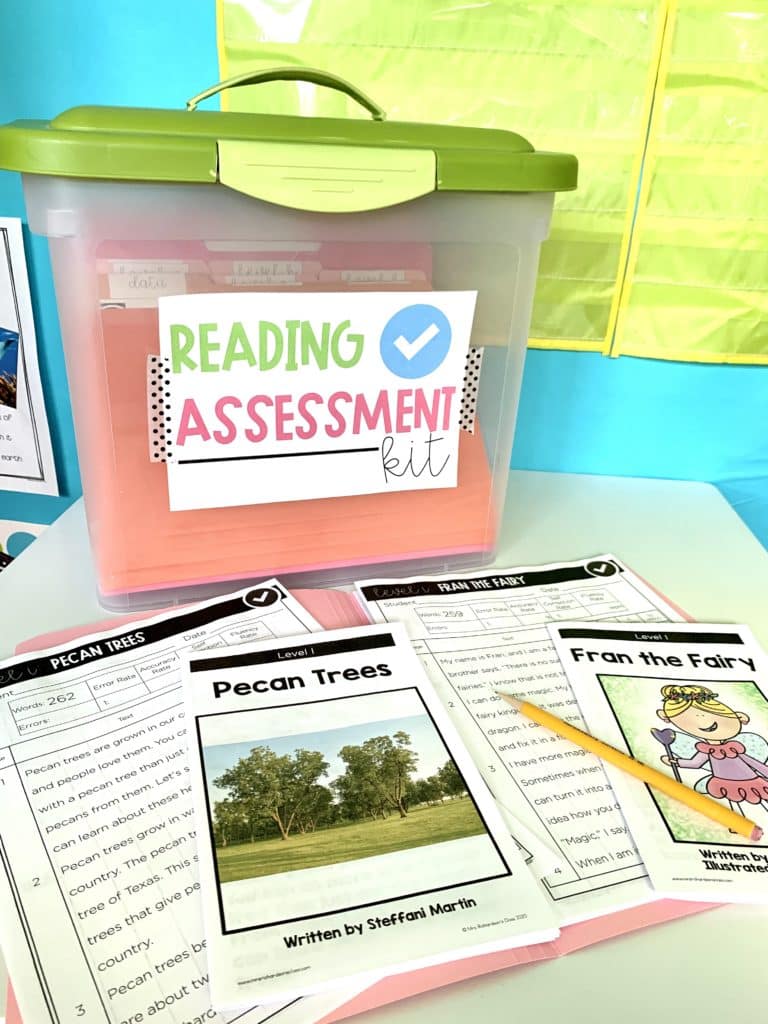
There are a few other places you can access books for guided reading assessments. First, see if your school has a Reading A to Z subscription. You can pull up readers on your computer from there.
Also, my leveled guided reading kits for kindergarten, first grade, and second grade all have a digital copy of each book. You can easily pull up the book and scroll through it while your student reads.
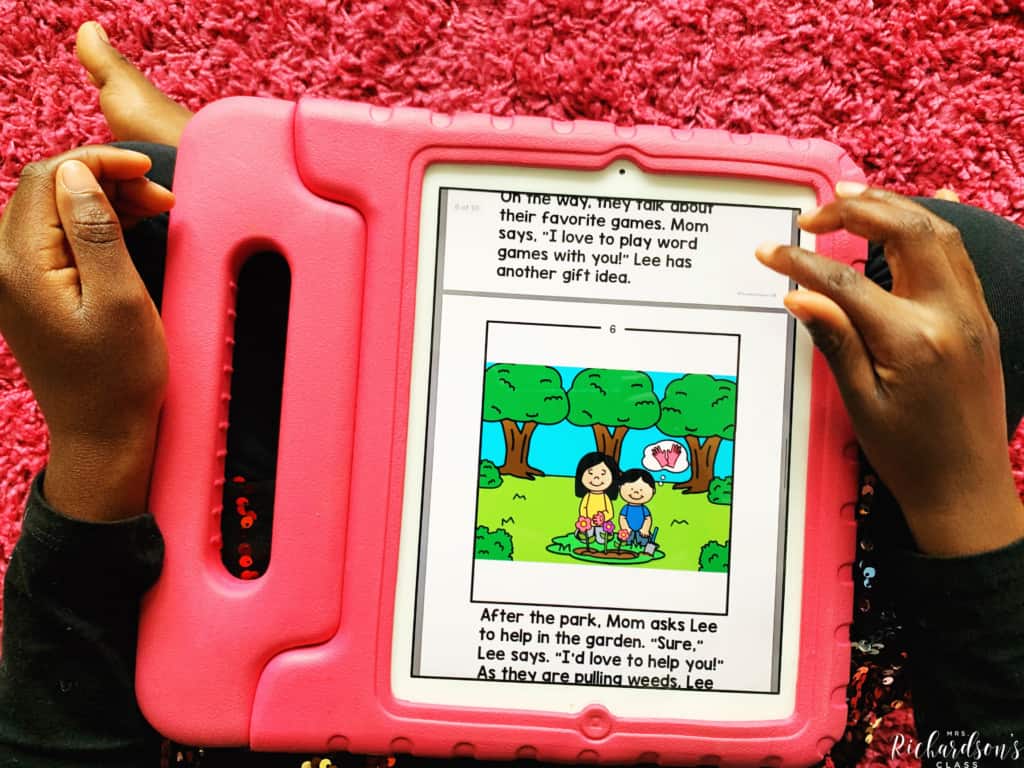
Next, can do your guided reading assessment through Zoom. Because you can share your screen, you can provide a book for students to read off your screen even if they don’t have a physical one. Pull up the book on your computer during the meeting and share your screen. Turn the pages for your student while they read.
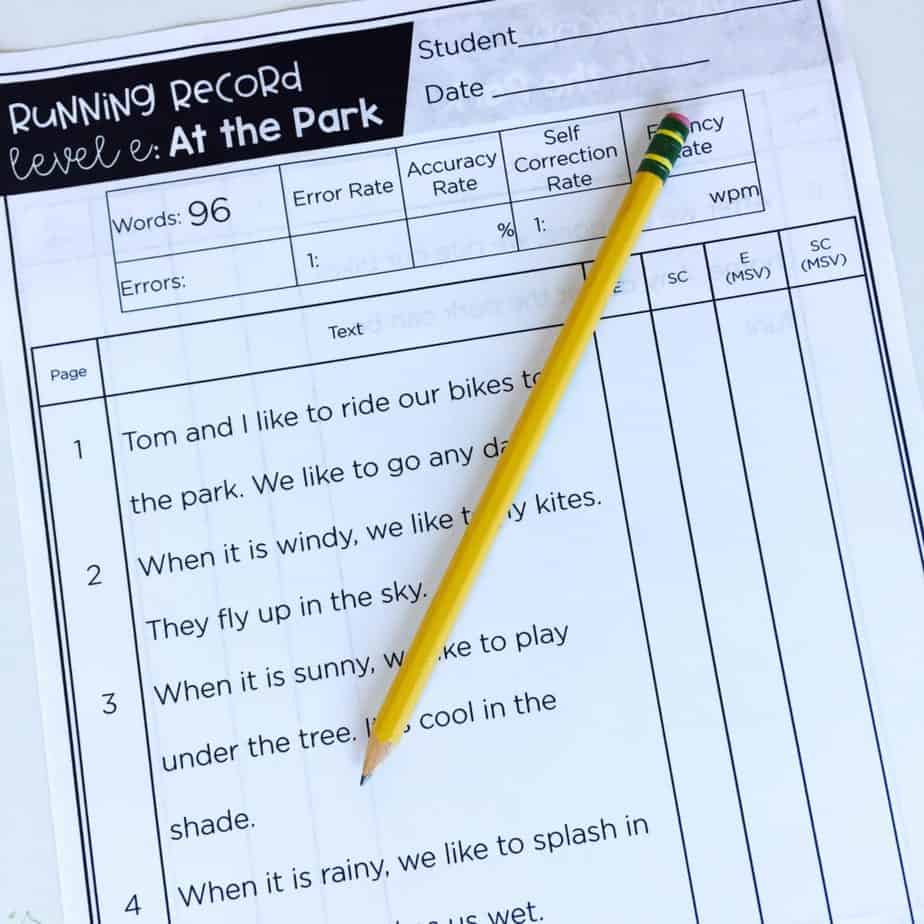
Finally, take a running record while your student reads on blank paper. If you happen to have the text printed out, that’s great! If not, you can do it on a blank piece of paper in a notebook or whatever is handy. You can find a running record cheat sheet on my How to Take a Running Record blog post for errors and self-corrections. Analyze the record(s) to see where your student ended the year at for guided reading.
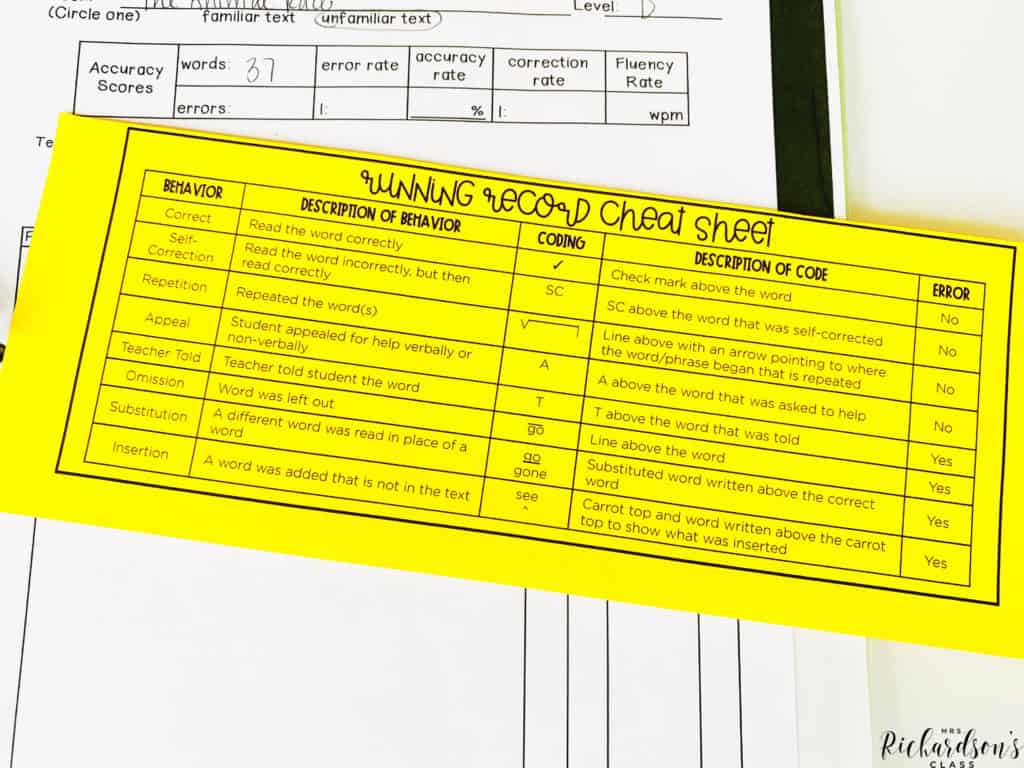
After completing the assessments, you can analyze students’ progress during distance learning in reading. You’ll be able to see what happened during the last six to eight weeks.
All students need access to books during the summer. With completed assessments, you’ll be able to see which students especially need to have access to reading. Preventing the summer slide will be so important this year to set students up for success next year.
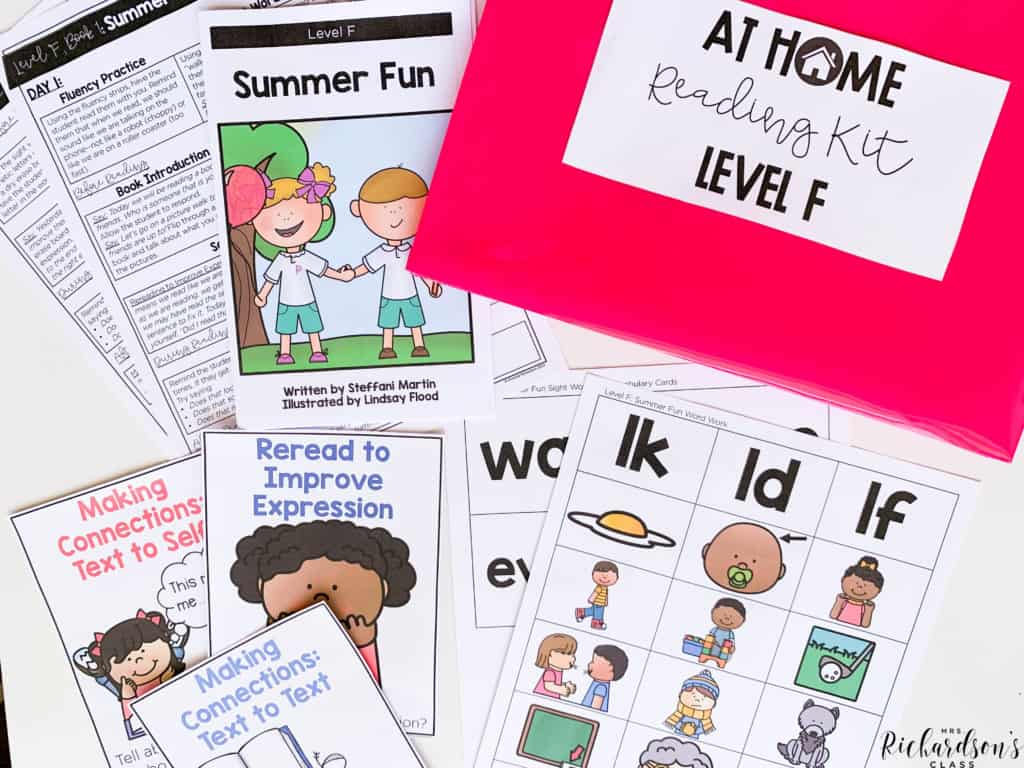
If you’re looking for an easy way to support parents in reading with their children over the summer, check out the First Grade Guided Reading At Home Kits. There is a kit for levels E-J. Each leveled kit includes:
These guided reading at home kits are perfect for you to send home to help parents prevent the summer slide. After you complete your guided reading assessment, you can send home a few levels with parents to help them help their children.
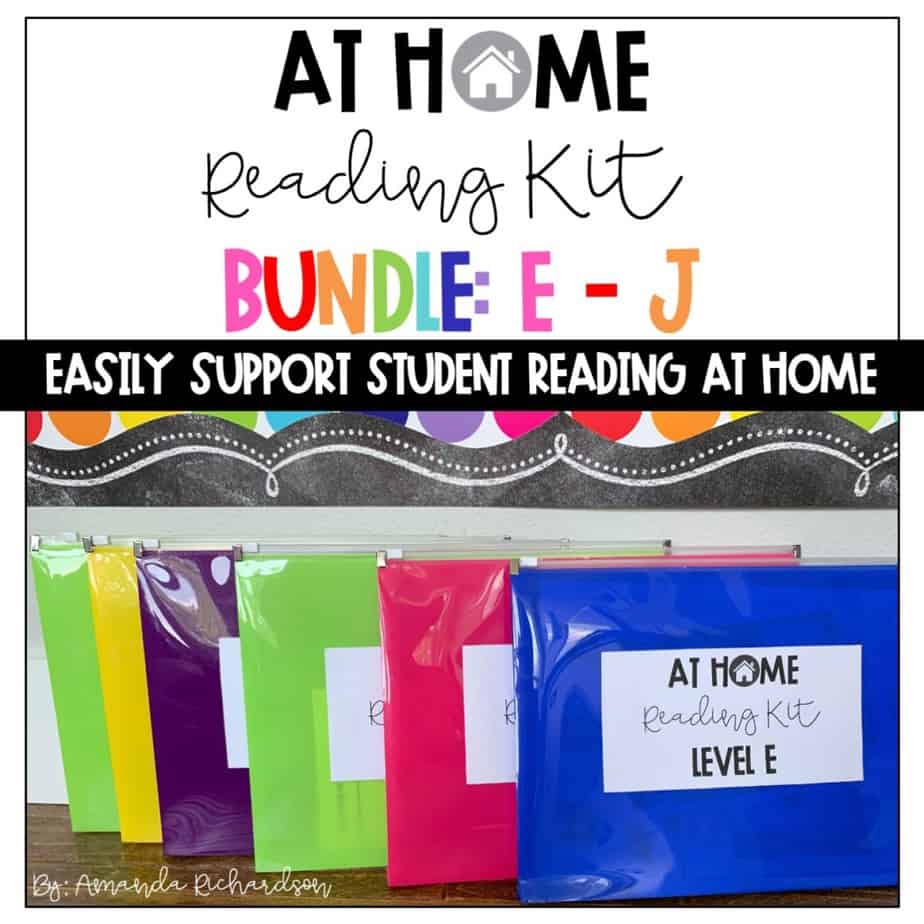
You can read more about these on my blog HERE.
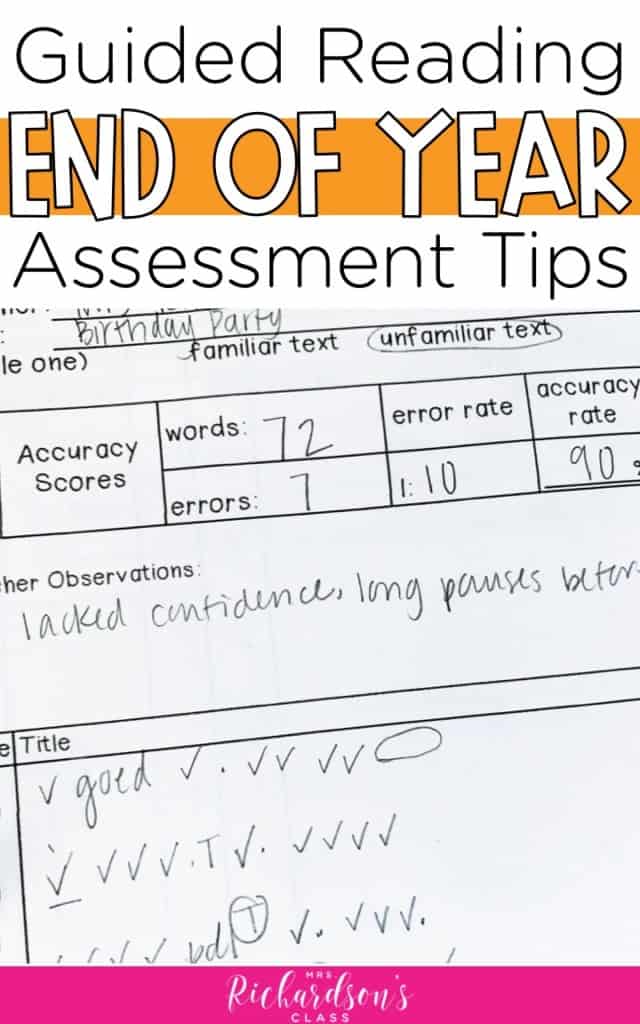
pin it
Getting your end of the year guided reading assessments done might be more difficult this year, but I think they will definitely be worth the value they can bring.
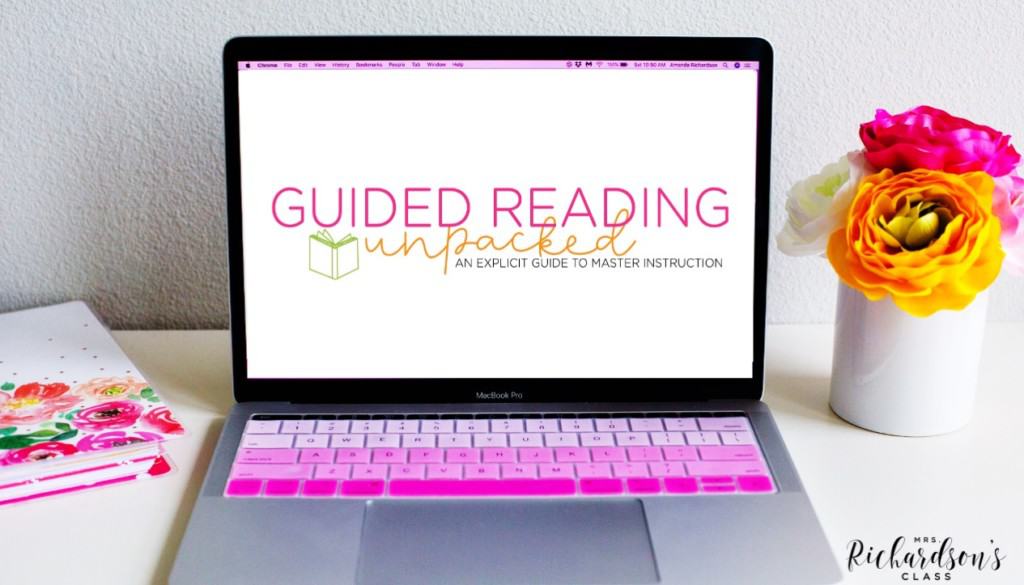
If you might be interested in learning more about guided reading and how to reach every reader, hop on my waitlist. You’ll be the first to know when the Guided Reading Unpacked online course is open for registration. You’ll learn all about guided reading, how to create and manage successful groups, how to sustain guided reading all year long, and how to make it a non-negotiable for your classroom.

Want to use the latest research to boost your readers during small groups? This FREE guide is packed with engaging ideas to help them grow!

I’m a K-1 teacher who is passionate about making lessons your students love and that are easy to implement for teachers. Helping teachers like you navigate their way through their literacy block brings me great joy. I am a lifelong learner who loves staying on top of current literacy learning and practices. Here, you’ll find the tools you need to move your K-2 students forward!


| Cookie | Duration | Description |
|---|---|---|
| cookielawinfo-checkbox-analytics | 11 months | This cookie is set by GDPR Cookie Consent plugin. The cookie is used to store the user consent for the cookies in the category "Analytics". |
| cookielawinfo-checkbox-functional | 11 months | The cookie is set by GDPR cookie consent to record the user consent for the cookies in the category "Functional". |
| cookielawinfo-checkbox-necessary | 11 months | This cookie is set by GDPR Cookie Consent plugin. The cookies is used to store the user consent for the cookies in the category "Necessary". |
| cookielawinfo-checkbox-others | 11 months | This cookie is set by GDPR Cookie Consent plugin. The cookie is used to store the user consent for the cookies in the category "Other. |
| cookielawinfo-checkbox-performance | 11 months | This cookie is set by GDPR Cookie Consent plugin. The cookie is used to store the user consent for the cookies in the category "Performance". |
| viewed_cookie_policy | 11 months | The cookie is set by the GDPR Cookie Consent plugin and is used to store whether or not user has consented to the use of cookies. It does not store any personal data. |
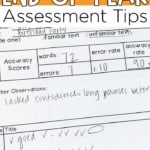
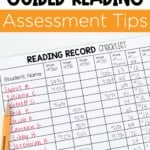
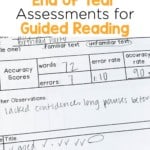
2 Responses
Some of my high school SPED students are so very low and need a small group setting. These cards would be very helpful and a quick way to work with them.
Hi Jennifer! Yes, they sure will! I have a surprising amount of special education teachers who find my resources helpful for the exact same reason! You all are SO great at finding resources and adapting them to meet your students where they are!! 🙂